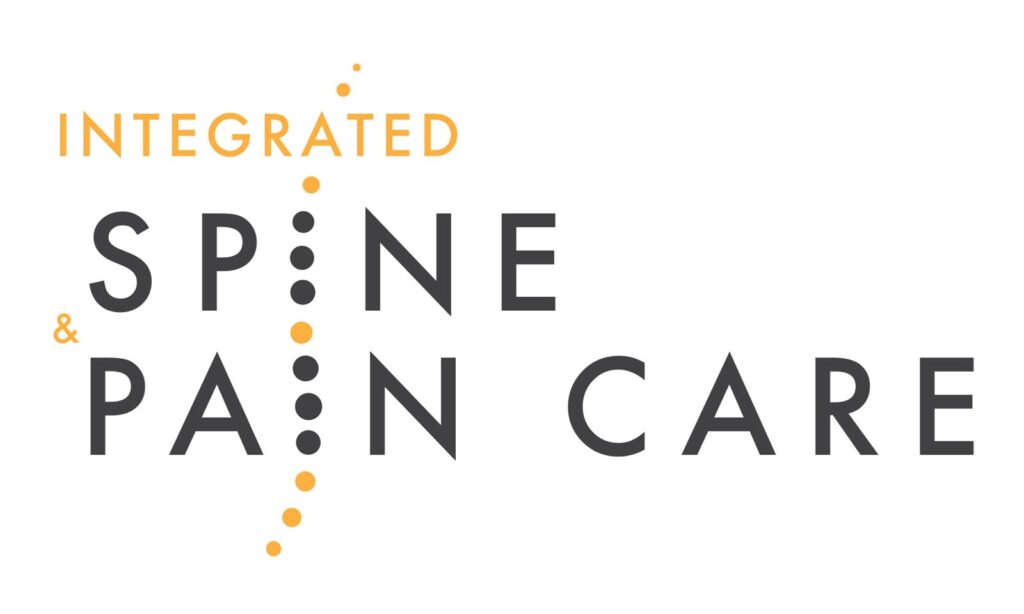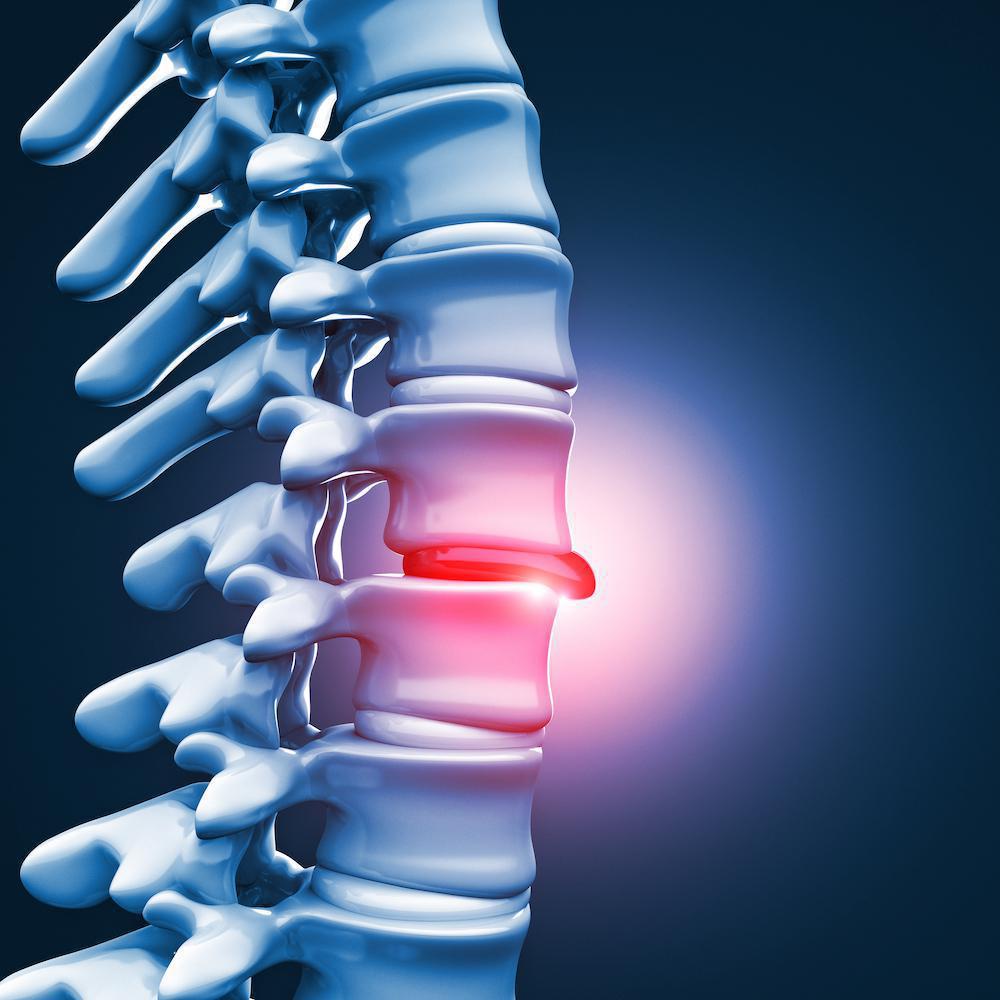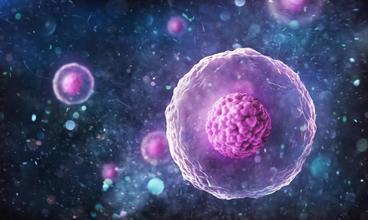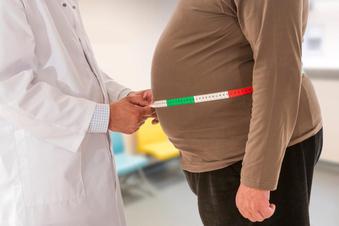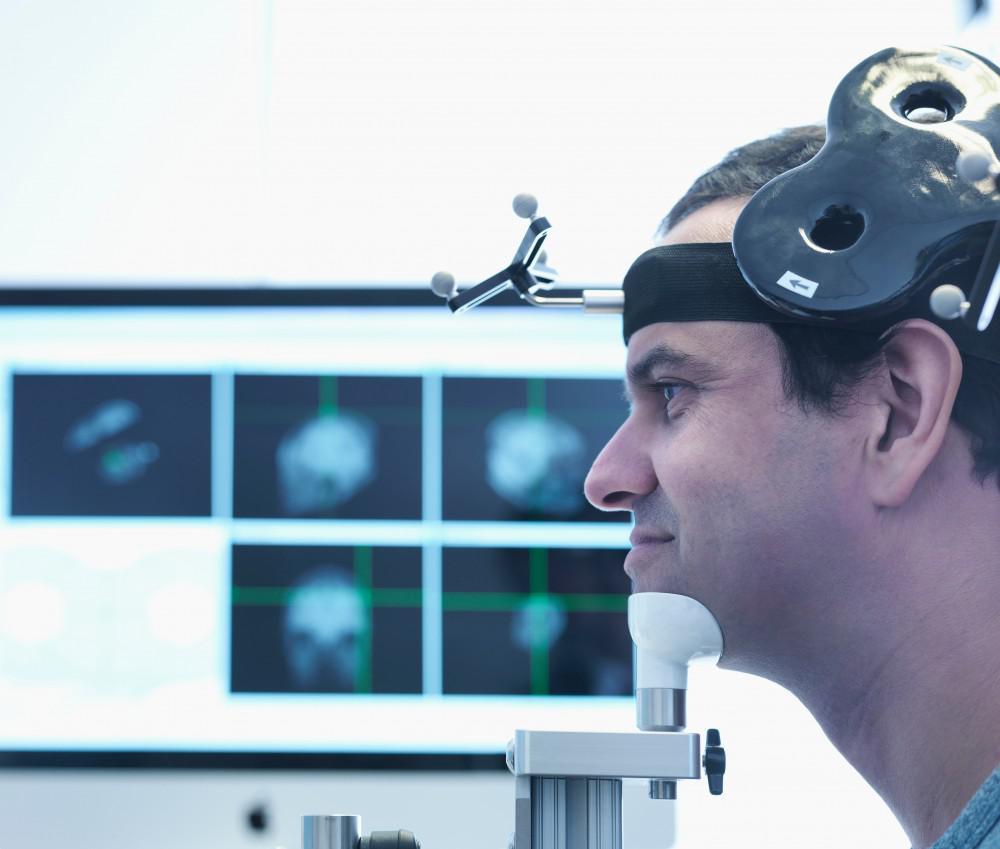Understanding Your Treatment Options for Herniated Disc Pain Millions of Americans are affected by herniated disc pain every year. If you’re one of them, these treatment options could help you feel better — and prevent more serious problems. Feb 1st, 2023
Learn more about TMS and Ketamine Treatments.
5 Risk Factors That Can Lead to a Herniated Disc

Anyone who has developed a herniated disc is well aware of the considerable pain it can cause and how much it can interfere with your day-to-day life. The bones in your spine are cushioned by round discs that act as shock absorbers. A herniated disc occurs when a part of the disc is pushed out and into the spinal canal.
Wear and tear associated with aging is one of the most common causes of herniated discs. Strain or injuries are another common cause. A herniated disc can occur in any part of the spine but most often affects the lower (lumbar) spine.
When you have a herniated disc, even small movements can cause major pain. While avoiding a herniated disc is not always possible, there are several factors that increase your risk.
At Integrated Spine and Pain Care, interventional pain management physician Dr. Hasib Mikael Sarij and our team of specialists have extensive experience in providing successful treatment for a wide range of pain disorders. Our providers use a comprehensive, multidisciplinary approach to the diagnosis and management of pain.
Our team understands the impact of chronic pain on functioning and quality of life. It is our goal to treat the whole patient using a broad spectrum of traditional and alternative modalities to bring patients much needed relief.
With an eye toward prevention first, here are five factors that influence your risk of having a herniated disc.
1. Extra pounds
Carrying excess weight is an important risk factor for disc herniation. Extra pounds places a greater burden on your musculoskeletal system, causing added pressure on your spine and other structures. Extra pressure on your spine can cause discs to bulge, irritating the nerve roots and causing pain and tingling.
By keeping your weight within a healthy range, you ease the pressure on the structures of your spine, including the discs.
2. Standing for long periods
Jobs that keep you on your feet for an extended time or where you twist your back for long hours boost the wear and tear on your spine and raise the risk of a herniated disc. If your job puts you at risk for back problems, it helps to wear an adjustable back brace to support and reinforce your spine.
3. Previous herniated disc
If you have a history of a slipped disk you’re at risk of it recurring. Talk to Dr. Harij about steps you can take to prevent disc herniation from happening again. Certain exercises, weight management, and limiting other known risk factors can help you prevent a herniated disc from recurring.
4. Getting older
You can’t escape getting older but you can have an influence on how you age. Staying healthy and physically fit as you grow older helps to keep your musculoskeletal system strong. Maintaining nutritious eating habits supplies your body with the vitamins, minerals, and other nutrients your bones and supportive structures need.
Getting at least 150 minutes of physical activity each week helps maintain the integrity of your musculoskeletal system. Maintaining proper hydration and staying flexible also keep your body strong and healthy and slows wear and tear on your body.
5. Sedentary lifestyle
A sedentary lifestyle, especially sitting too much, places pressure on your spine and increases the risk of back problems such as herniated disc and pinched nerves.
Getting regular, moderate-intensity exercise is vital for strengthening the structures that support your spine and for keeping your spine healthy.
Herniated disc treatment
If, despite your best efforts, you develop a herniated disc, our goal is to provide you with relief. During the initial stages of a herniated disc, you should rest to help the inflammation to go away. Some non and minimally invasive treatments for herniated discs are available. In severe cases, a surgical solution might provide the best lasting results, especially if you have recurring issues.
Relief from a herniated disc is possible. For more information on prevention, diagnosis, and treatment, contact us at Integrated Spine and Pain Care to schedule an appointment with Dr. Sarij or book online today.
You Might Also Enjoy...
Stem Cell Therapy: An Innovative Way to Treat a Variety of Issues Your body possesses some amazing healing powers. Think about how quickly a paper cut heals. What if that power could be harnessed and directed? Stem cell therapy does just that. Jan 11th, 2023
Why Wait Until the New Year? 5 Good Reasons to Start Your Medical Weight Loss Program Now With medical weight loss support, you can achieve lasting, healthy weight loss. Why wait to get started? Here’s what you need to know about starting your weight loss journey now. Dec 1st, 2022
Use of Ketamine for Pain Management in Hospice Care Pain management is a vital part of supportive care in hospice. Ketamine is a novel option that can be used alone or in combination with opioids to keep patients who are experiencing refractory pain comfortable. Nov 2nd, 2022
What Is Transcranial Magnetic Stimulation and What Does It Treat? Transcranial magnetic stimulation (TMS) is changing the game in treating mental illness, chronic pain, and more. If you or someone you care about lives with a treatment-resistant condition, you should know about this option. Oct 10th, 2022
If You're Living With Fibromyalgia Pain, Ketamine Can Help The symptoms of fibromyalgia can be so widespread that they affect you daily. If you’re ready to find some relief — especially if other treatments have failed — it may be time to consider ketamine infusions. Sep 1st, 2022
Powered by CRAMMAZE
